SUPERCHARGE YOUR ONLINE VISIBILITY! CONTACT US AND LET’S ACHIEVE EXCELLENCE TOGETHER!
Dan: ThatX, head to the diamond planet—55 Cancri-E. Its crust contains an unlimited supply of diamond resources.
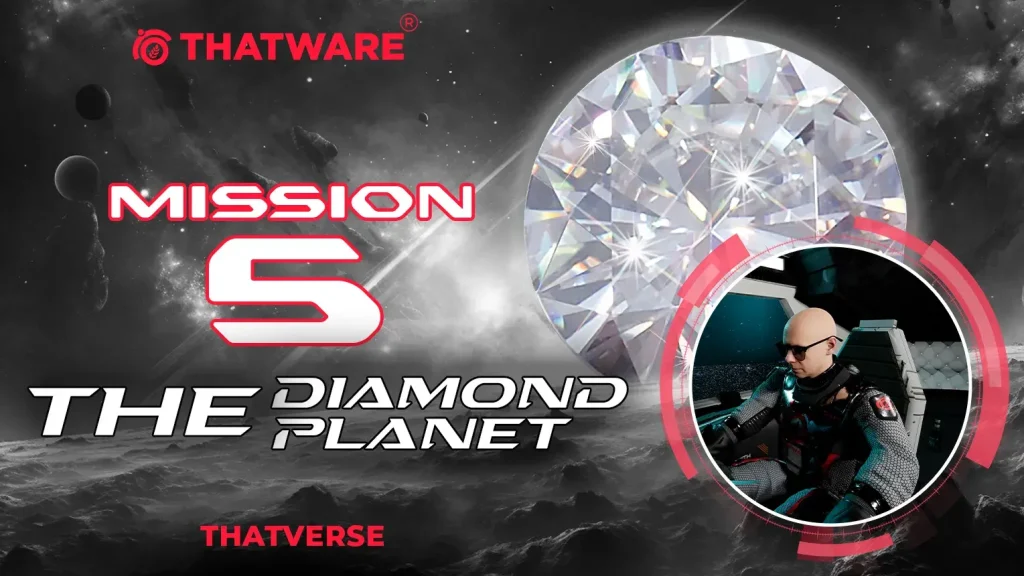
ThatX: Are you sure about that? I mean, we’ve dealt with some crazy planets before, but this sounds almost too good to be true. Are we talking industrial-scale diamonds or just pockets here and there?
Dan: Yes, absolutely. The planet’s surface is under immense pressure. According to my training module and geological scans, the crust is rich in diamonds. But I’ll still need to run several tests to confirm. But don’t get too excited yet—there’s a catch. The density is extreme, and the environment could tear apart ordinary mining equipment in seconds. That’s why I’m thinking outside the box.
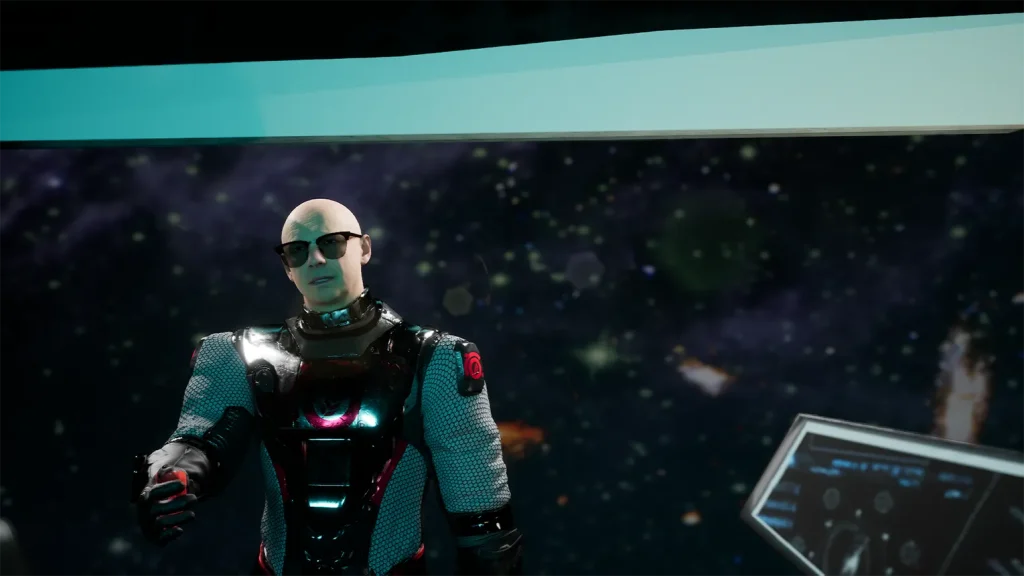
Also, imagine the value—not just economically, but strategically. Control this, and we’re talking energy independence on a galactic scale.
ThatX: Are you insane? We just saw in the last mission that extracting energy from diamond—about 10^46 joules—would require 5.1 × 10^13 Earth masses. That’s on a galactic scale. It’s practically impossible.
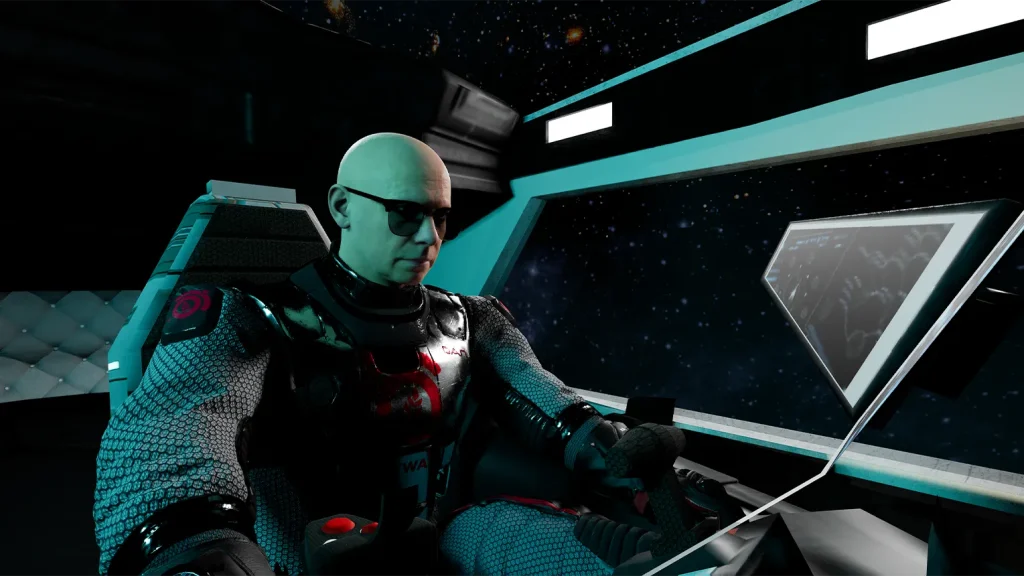
Even if the diamonds are real, moving them or using them is a logistical nightmare. We would need new physics for large scale extraction.
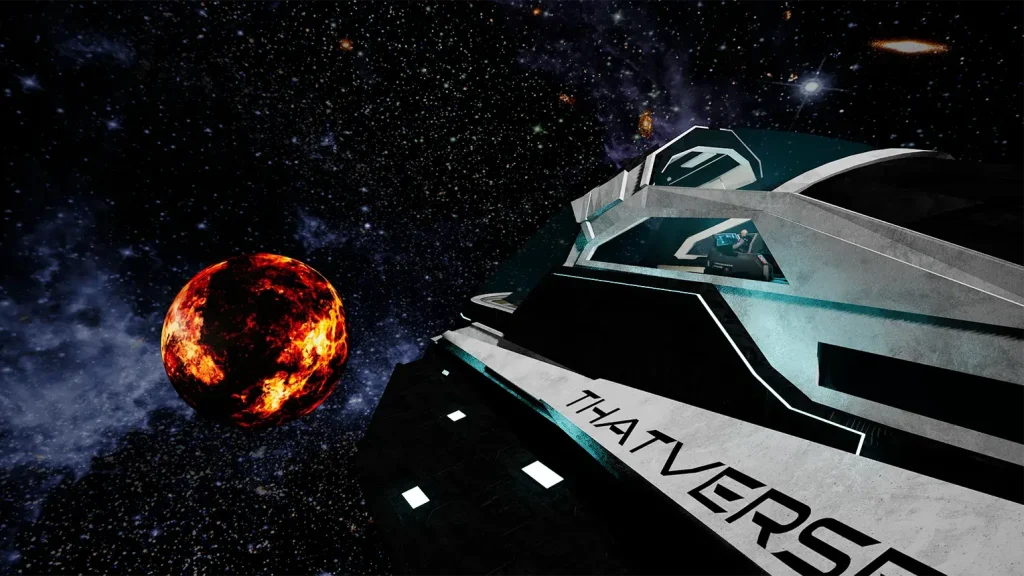
Dan (cutting him off): Shut the hell up! I’ve got a new idea.
ThatX (raising a brow): Oh boy… now what? Your “new ideas” usually involve catastrophic risk assessments, don’t they?
Dan: Haven’t you heard of the nuclear matrix? This one is different. It uses what the planet already gives us rather than trying to haul mountains of stone.
ThatX (excited): Wait… yes! You mean isotopes of carbon, like Carbon-14, used in diamond batteries? You’re not seriously suggesting we harvest enough to power an entire colony, are you?
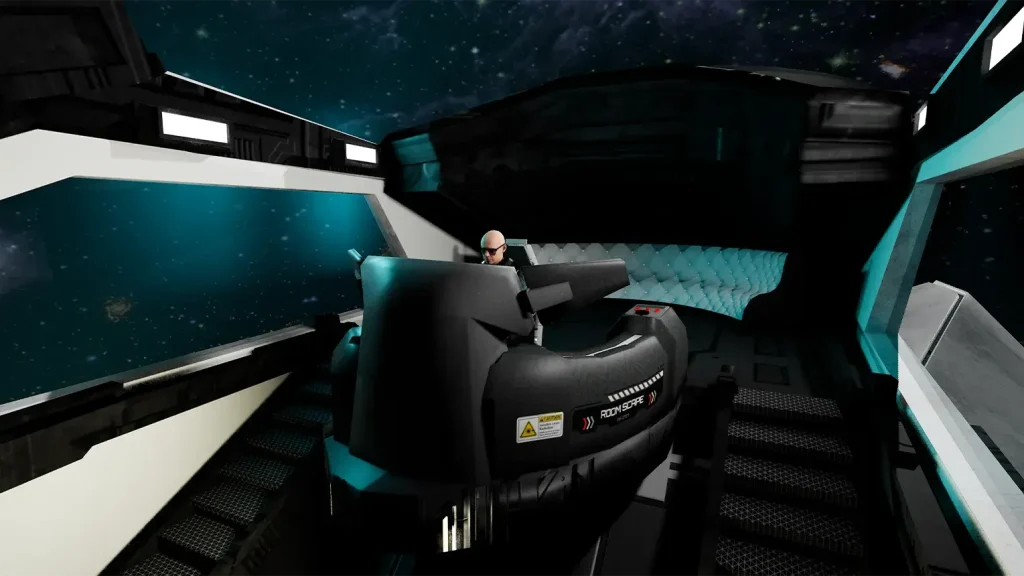
Dan: Exactly! Given the size of the planet, we can harvest a massive quantity of exotic carbon isotopes. Then, using our advanced 3D printing tech, we build a gigantic megastructure to extract decay energy—at a planetary scale. This will be far easier than what we attempted in the last mission.
ThatX: Oh, genius Dan! How could I forget that? We can even transmute those exotic isotopes into matter–antimatter pairs under vacuum plasmatic conditions. Following Einstein’s formula—E = mc² we can directly convert matter into pure energy.
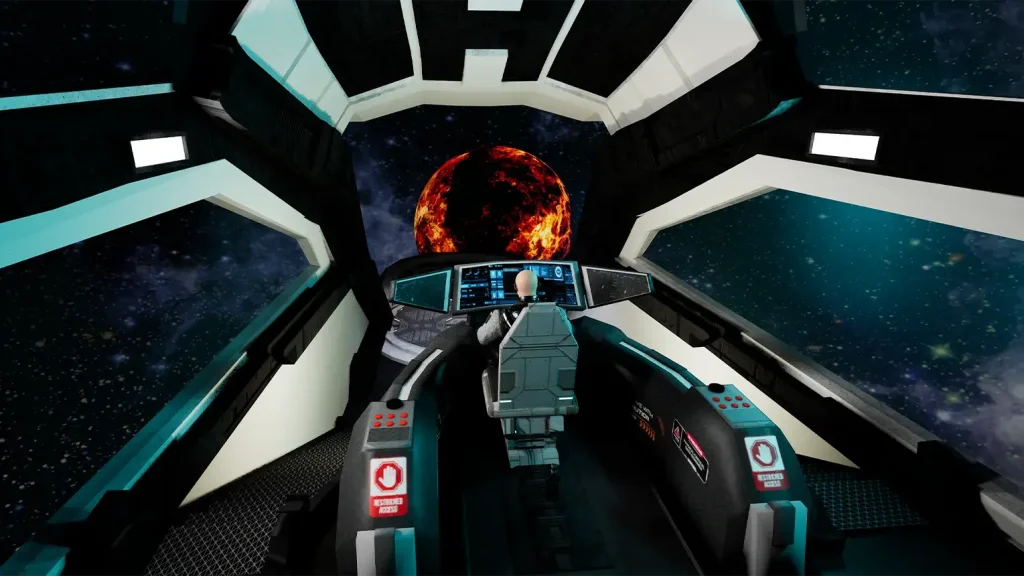
Dan: If you understand it so well, give me a practical example.
ThatX: Sure. For instance:
- Converting just 1 kilogram of mass into energy yields 9 × 10¹⁶ joules.
- So, to get 10⁴⁶ joules, we’d need around 1.1 × 10²⁹ kg—which is roughly 5.5 Jupiter masses.
Dan: That’s still way better than 51 trillion Earth masses. But we need to reduce the mass requirement even further.
ThatX: Exactly, Dan! To make this truly feasible, we need a more efficient energy conversion method.
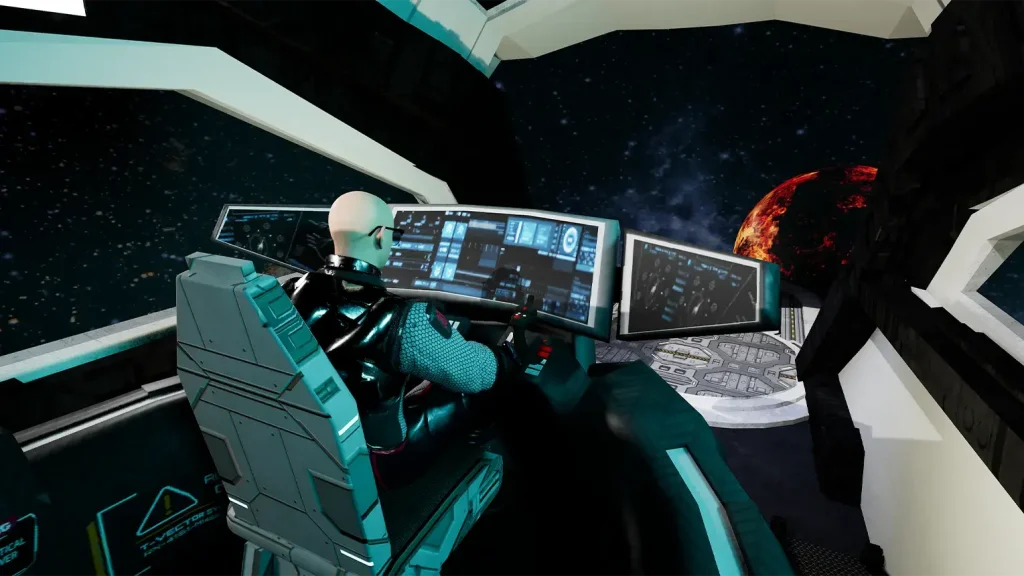
Dan: Then let’s hear it. What’s your proposal?
ThatX: Enough of the slow talk. Let’s go straight for matter–antimatter annihilation. We can design containment fields that recycle the antimatter exhaust, boosting energy output by at least 30 percent.
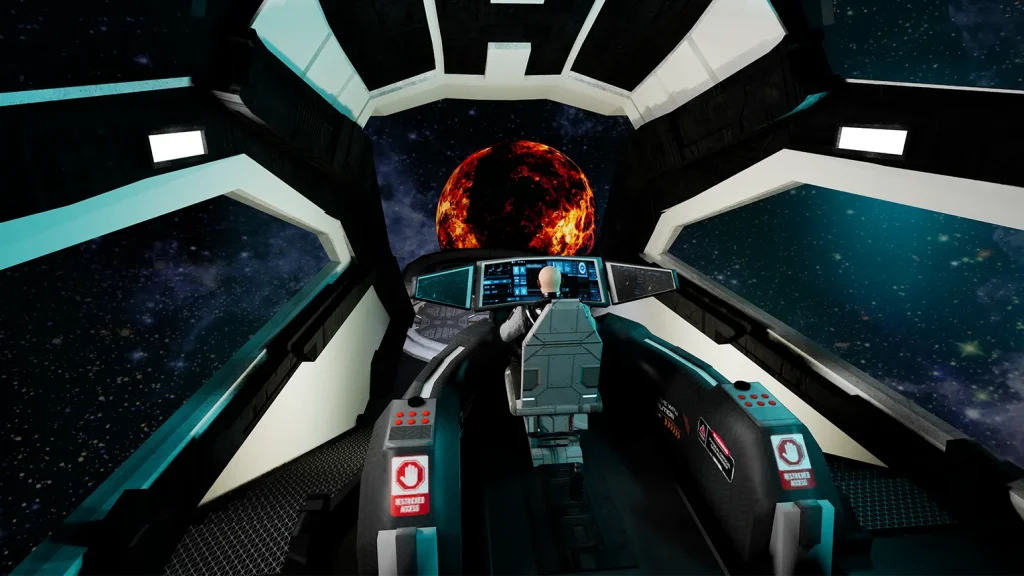
Dan (smirking): Absolutely correct! That’s exactly what I wanted to hear. And on top of that, we can explore zero-point energy extraction too. Think of it as tapping the very fabric of space itself. The possibilities are endless.
ThatX: Bring it on! I’ve been waiting for a mission that makes full use of all our tech and brains. Finally, a challenge worthy of us.
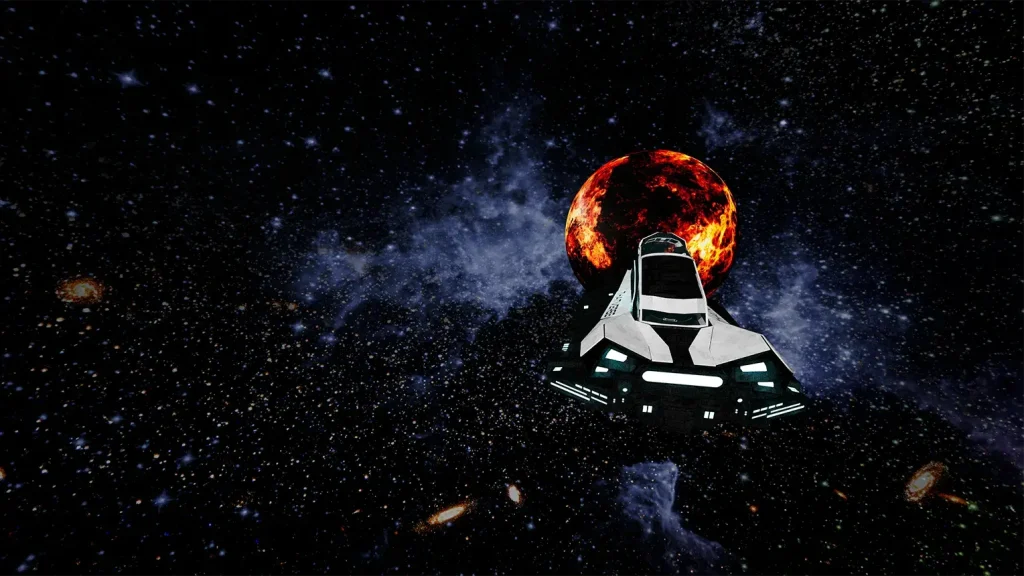
Dan: Relax. Let’s gear up. Our next mission—Matter–Antimatter Annihilation—starts now. Suit up, check your modules, and make sure the containment units are at 110%—we won’t get a second chance if something goes wrong.
FADE OUT.
He raises the flask to the viewport where Neptune glows like a forbidden jewel. Its cobalt-blue hue reminds them of the stakes ahead—beautiful, dangerous, and full of untapped potential. Dan takes a deep breath and mutters, “Here we go again… the universe won’t know what hit it.” ThatX just grins, adjusting his visor, ready for the chaos and brilliance that awaits.
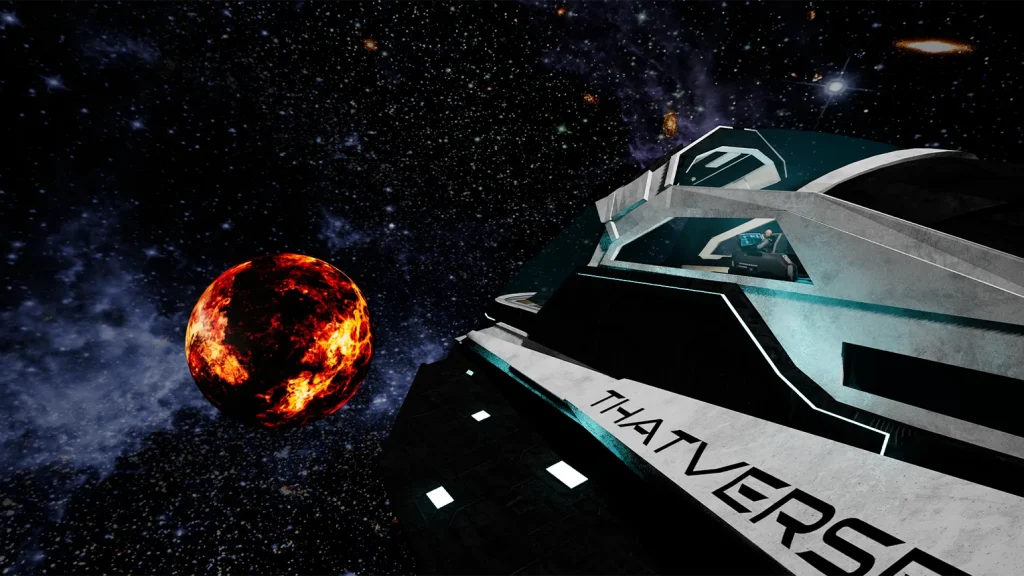
ThatX: You always say that. Then something explodes, we improvise, and somehow we survive. I’m strangely optimistic.
Dan: That optimism has kept us alive. Keep it. But keep your helmet on, too.
ThatX: Promise. And while we’re at it, let’s not forget to file the mission report. If successful, we become legends. If not, we at least have dinner.
Dan: Legends and dinner. I like that risk-reward ratio. Helm, log mission classification: High risk, Very high reward. Initiate launch prep.
Helm: Launch prep initiated. All crew alerted. Good luck, Dan. Good luck, ThatX.
They clamp in, the lights dim, and the ship hums as course vectors lock. Outside, 55 Cancri-E grows larger, its diamond-streaked surface reflecting the last sliver of distant starlight.

